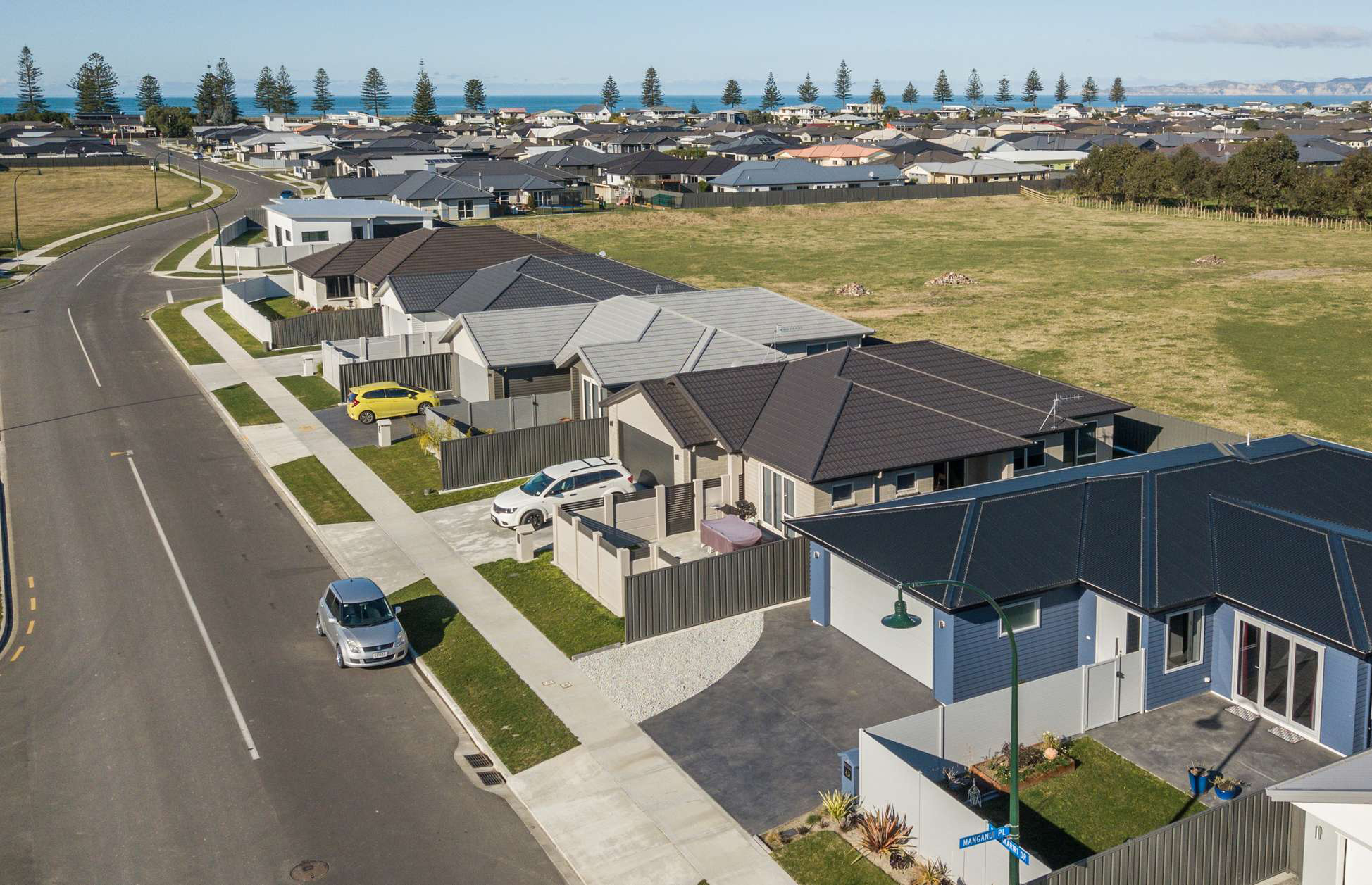
The latest round of the Household Income Survey by Stats NZ revealed a 41 per cent increase in household incomes since 2008.That’s more than twice the rate of inflation.
From 2008, the average annual household income rose just over $30,000 (41 per cent), to reach $105,719 (before tax) in 2018, according to Stats NZ’s labour market and household statistics. Inflation as measured by the consumers price index increased 17 per cent over the same period.
We have all seen examples of the strong property market in Hawke’s Bay over the last 10 years.
In 2008,
- you could purchase a leasehold property in Tamatea for $231,000, but this was later sold in 2017 for $435,000; or
- Buy a section in Parklands at $170,000 or today at prices around $300,000; or
- a brand-new home in Te Awa for $365,000, recently sold for $630,000
So what is driving our property prices?
Falling interest rates have certainly played a part. At the start of 2008 the average floating mortgage rate was 10.4%, while 2-year fixed mortgages were at 9.5%. They fell rapidly during 2008, ending that year at 7.9% floating and 7.1% for 2 year fixed. Today mortgages are available on average at 5.8% floating and 4.9% two year fixed, but where are future rates trending?
The kiwi dream of home ownership and long-term security of ownership. Yes, this dream is still alive and getting started on the housing ladder was never easy. Maybe an adjustment in thinking is required as to what is a first home or entry level of house purchase. Fifty years ago the 90 m2 standard home was accepted as being the starting position, but today many young people have higher aspirations. Something has to give.
Fear of missing out. Humans don’t like missing an opportunity and housing has long been a favourite, particularly with the media.
Population growth. We hear about it all the time , especially the stories about the numbers of buyers arriving in Hawke’s Bay from Auckland. But maybe the real driver is the long-term reduction in number of people per household, partly due to our aging population.
As valuers we constantly think about these macro influences. Many factors have driven the past growth, and some of these will feature over the next decade. Today is known, but the future remains uncertain.






